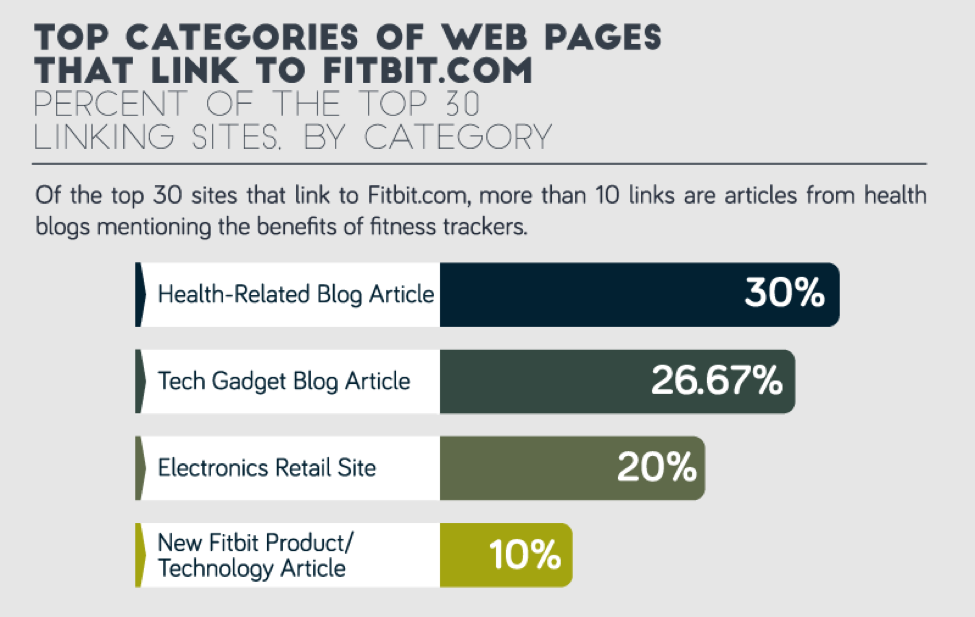- Share Get Viral Like Old Spice With These 6 Tips For Your Content Strategy Plan on Facebook
- Share Get Viral Like Old Spice With These 6 Tips For Your Content Strategy Plan on Twitter
- Share Get Viral Like Old Spice With These 6 Tips For Your Content Strategy Plan on Linkedin
- Share Get Viral Like Old Spice With These 6 Tips For Your Content Strategy Plan via email
Going viral is still the holy grail for many marketers. Not only is viral content a byproduct of one of the most cost effective marketing strategies out there, but it generates a ton of awareness and assists with bottom line benefits such as conversions. Viral content should be part of every content marketer’s strategic plan.
A classic example is Old Spice’s “The Man Your Man Could Smell Like.” After this video launched in February 2010, the brand’s total sales increased by more than 100 percent over the following five months—and all Old Spice had to do was sit back and watch as millions of consumers spread the word about their product.
This is viral content at its best, but it left many companies with a burning question: ‘Can we produce something similar, and if so, how can we integrate it into our existing marketing strategy?’
New research from content marketing agency Fractl says anyone can, so long as you create content that triggers a highly emotional response—an essential ingredient that drives both engagement and shares. (Disclosure: Fractl is my employer, and some of the examples discussed involve Fractl campaigns.)
Why does emotionally provocative content work? An emotional response creates a personal connection to the content in question, which helps you earn attention organically. This type of response is common to highly viral content, but there’s more to it than simply producing a video that makes someone happy or sad.
In their book Made to Stick: Why Some Ideas Survive and Others Die, brothers Chip and Dan Heath offer six important components to an idea that resonates—which apply equally to viral content. They argue sticky ideas are Simple, Unexpected, Concrete, Credible, Emotional, and generates Stories (or SUCCESs).
Below I’ll walk through how each of these principles can be incorporated into campaigns to help take your existing marketing strategy to new, more viral heights.
1) Forget all the bells and whistles: stick to producing simple ideas
The good news is viral content tends to be incredibly simple, so increasing the viral potential of something doesn’t require a complete overhaul—more just eliminating the fluff.
Remember Ellen DeGeneres’ now infamous Oscar selfie? Turns out it wasn’t as spontaneous as we thought. Samsung’s Chief Marketing Officer told Adweek it planned to have Ellen take a selfie with Meryl Streep using one of the brand’s smartphones. It’s an incredibly straightforward idea that was on brand and required only a smartphone to execute—and little did they know it would end up becoming the most retweeted selfie of all time.
If only Bradley’s arm was longer. Best photo ever. #oscars pic.twitter.com/C9U5NOtGap
— Ellen DeGeneres (@TheEllenShow) March 3, 2014
2) Break through the noise with controversial or unexpected content
This one is a bit trickier to implement as most brands have a very rational desire to protect the image they’ve worked so hard to cultivate. The thought of attaching your company to anything controversial can set off alarms, but polarizing doesn’t have to mean a swarm of Internet trolls and bad press; it can actually start conversations and provoke reactions from more than your target audience—something essential to viral success.
However, when testing controversial waters, keep these three things in mind if you want to stay afloat:
- Your idea needs to be connected to your brand in some way. Something shocking will go nowhere if it doesn’t offer some sort of value to your consumers.
- Although there’s no guarantee your content will avoid backlash, you can prepare a calm and collected response to any potential discrepancies ahead of time.
- It pays to include other high share-worthy elements, like comparisons or geographically-focused data.
Consider this campaign by Fractl client ABODO. The site serves as a one-stop shop for visitors looking for a new apartment, but it’s not necessarily the most interesting vertical (who wants to read about square footage?). However, this campaign examined an often overlooked element when relocating: your compatibility with an area’s culture and values. With Twitter’s help, tweets from regions across the country were pulled to locate the most prejudice and derogatory language.
Bigotry in America is an extremely sensitive topic, but the risk paid off. This polarizing topic generated a ton of engagement, which helped the company earn more than 620 placements along with over 67,000 social shares.
3) Humans are sensory learners, so use striking visuals to increase viral potential
Nearly 50 percent of marketers believe visual content is essential to their marketing and storytelling strategies. If you want people to pay attention to your content, you need a compelling visual—especially if you want to generate social shares.
Dove took this idea to heart in their highly successful “Real Beauty Sketches” campaign. The clip follows a series of women who describe themselves to a forensic artist as they wait patiently for a final portrait. The artist then creates another portrait for each woman, this time based on a stranger’s account of their looks. In most cases, the sketches based on the stranger’s perspective resulted in a more accurate and flattering portrait compared to those based on the women’s own descriptions.
This campaign worked because it relied heavily on visuals (earning more than 67 million YouTube views to date), capitalizing on video as a unique visual medium. When you consider 64 percent of consumers who view a video are more likely to purchase the goods or services advertised, this was a huge home run for Dove.
4) Viral content lets you position your brand as an industry leader, so boost authority through credible data
The massive exposure associated with virality is also a great time to try and “own” your niche. Viral content can create a lasting impression; make it a good one by ensuring your brand is reliable and credible.
Intel executed this concept perfectly in its “Meet the Makers” video. The clip features 8th-grader Shubham Banerjee, who invented a much cheaper Braille printer—brought to life with one of Intel’s processors. Not only is it an incredible story, but the video highlights how Intel is a trusted source in the tech industry because it’s used in such progressive products. This was further emphasized when the voiceover reminds viewers the printer is helping more than 200 million people to see. The final kicker to credibility? The video concludes by showing the printer in action.
5) Highly emotional content is essential to any viral marketing strategy, and can be boosted by timeliness
A key element to viral success is igniting an emotional response, and an excellent way to incorporate this into your existing strategy is to promote content around emotional events such as holidays.
A great example is Pandora Jewelry’s “The Unique Connection.” Released just before Mother’s Day, the clip celebrates the connection between mothers and their children by highlighting how blindfolded children can still identify their mothers simply by touch. It’s an incredibly moving video, specifically because it taps into one of the top viral emotions: love.
6) Your content also needs to tell a story—preferably more than one
Another easy way to up something’s viral potential? Find ways to make the content fit more than one vertical.
In this study conducted by one of Fractl’s clients, FitBit earned a ton of traffic from various sources. However, what worked well for them is the diverse link portfolio they’ve generated thanks to how many verticals identify with their content. Of the top 30 sites that link to FitBit, more than a third are articles from health blogs and over a quarter are from tech gadget blogs, as shown below.
The lesson? Creating content that crosses seamlessly between different audiences helps push more people to your site—where you can promote more gated content for conversions.
Final thoughts
Content marketing is a highly effective way to drive traffic to your business, especially if you can create a viral hit. Keep in mind that although there are many factors that influence what someone shares online, the SUCCESs model points to key six elements—including striking visuals and emotional stories—essential to any successful viral marketing strategy. To learn more about crafting an effective content marketing strategy, download The Content Marketing Pyramid: A Framework to Develop & Execute Your Content Marketing Strategy.










